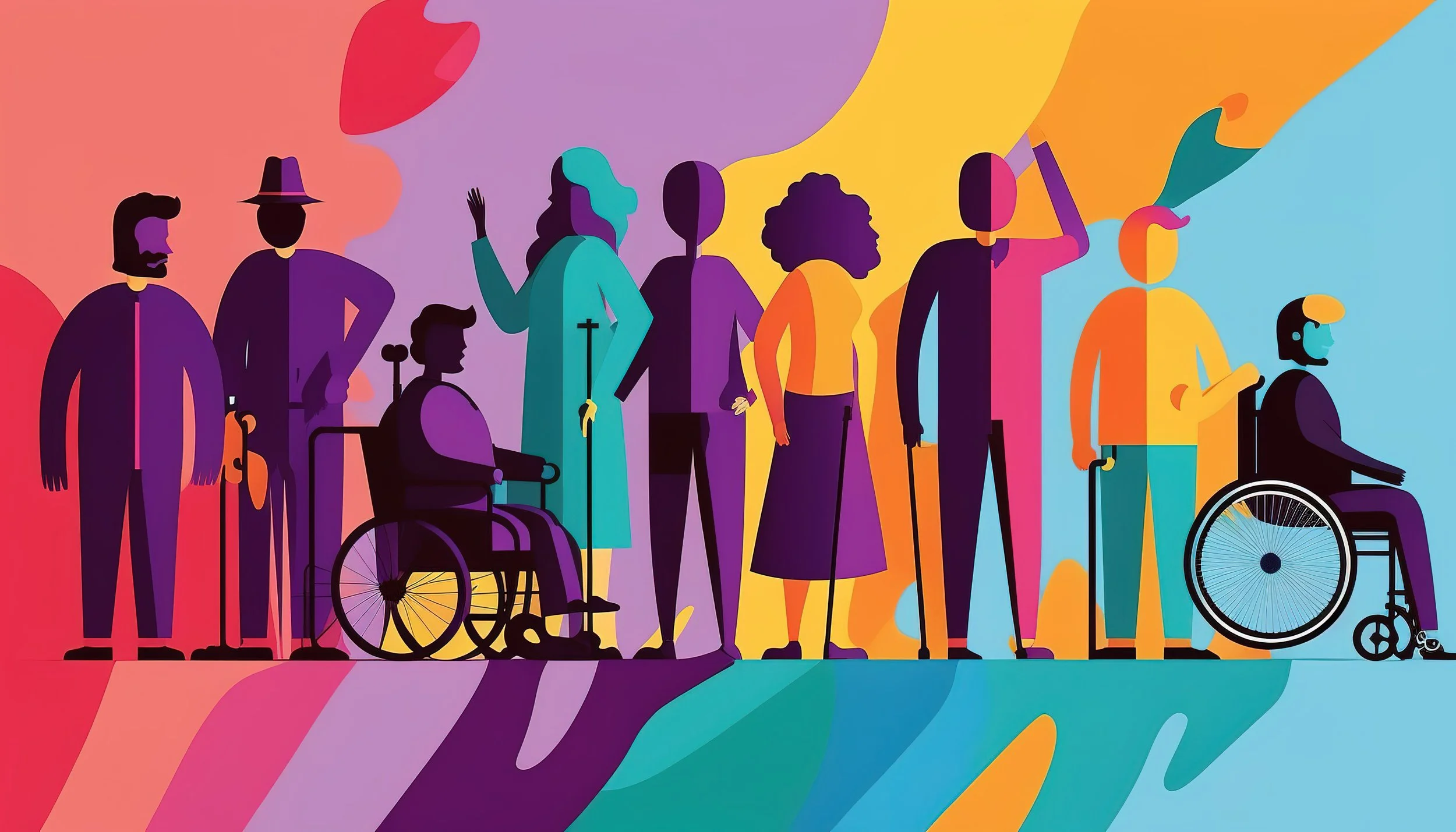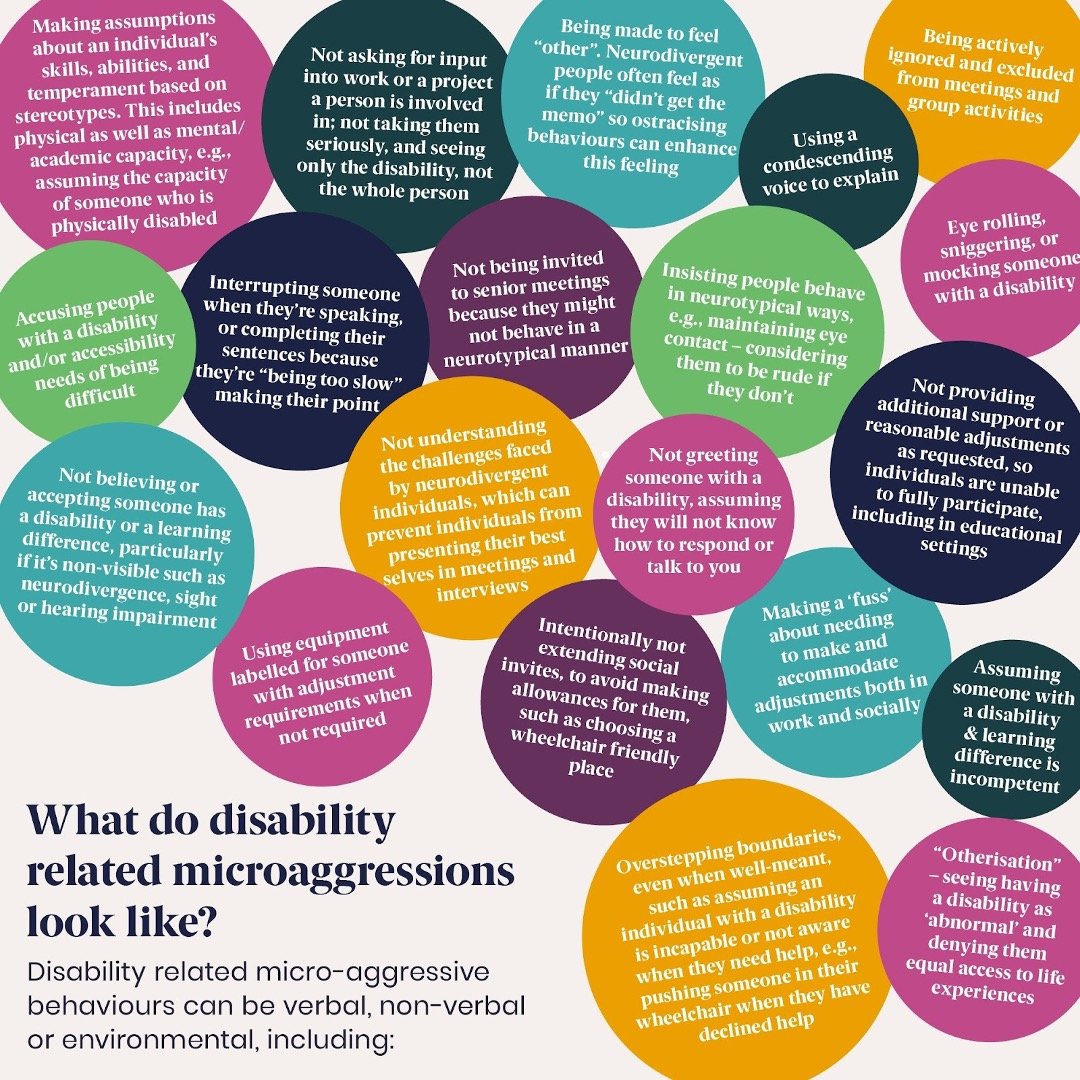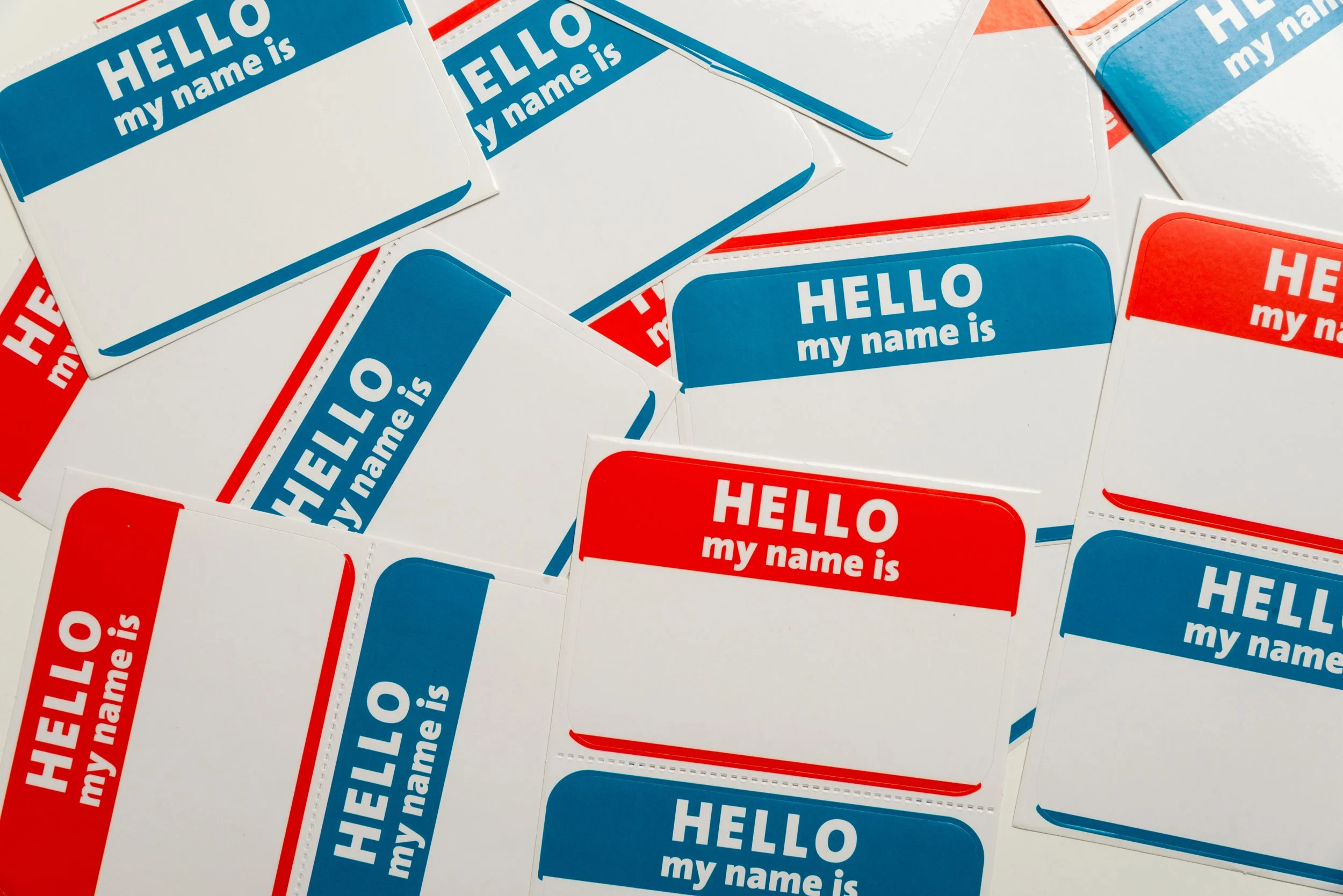In my work as a leadership consultant, I am often inspired by the incredible leaders I get to work with. These are the leaders who reflect the core values of their organization, who know how to inspire future generations, who embrace the messy, beautiful imperfection of making mistakes and learning from them—leaders we might all aspire to learn from!
I recently had the opportunity to hear from Leigh Porta, Chief Growth Officer at Pelican State Credit Union, and Ben Manry, Senior Vice President of Lending and Member Solutions, about their leadership styles and advice, a conversation that inspired this blog.
So, who’s ready to become a better leader?
Core Practices of a Leader
The first key advice Leigh and Ben shared was that of taking initiative and learning from our mistakes: “If you just sit back and wait for [executive leadership] and say ‘I’ll do it when they give me the title or the responsibility,’ then you’re going to be waiting a long time. You really have to put yourself out there…. You have to be comfortable trying things that ultimately may not work. So you have to be comfortable with failure because you learn from it each and every time. But if you’re scared of failure, scared of messing up, you’re not going to get very far.”
In other words, if we wait around to be noticed by the C-suite or hesitate to try new ideas for fear of those ideas not panning out as envisioned, then we’re ultimately denying ourselves opportunities for growth and improvement! Though the task may be daunting, the rewards of taking that first step to introduce positive change for ourselves and our employees is well worth the risk. As the old adage goes: you live and you learn!
Relatedly, emerging into our roles as leaders begets self-reflection; in other words, why do we want to be a leader? A core quality of an effective, impactful leader is recognizing that being a leader means more than acquiring a new title and a better salary. As Ben and Leigh put it, “If you want to move into leadership because it comes with a higher title and a higher salary, well, then you’re doing it for the wrong reasons. If you want to move into leadership because it… allows you the opportunity to have an impact on the people around you, then… that’s the right reason.”
At the end of the day, leadership is a privilege, and thus it’s crucial we strive for and enter these positions for the right reason: serving our employees, enriching the community, and impacting our organization’s bottom line. Being a leader requires putting our ego aside, and by that I mean leadership is not about us but rather about what we can do to drive positive change.
In my consulting work, I see many people who desire to advance in leadership because they see it as the logical next step or as the only path to getting a raise. And trust me, I completely understand the need for a healthy salary in our world’s fluctuating economy! But part of being an effective leader is being honest with ourselves—what do we really want to do, and what does it mean for us to occupy a role that centers on uplifting our employees, our organization, and the entire community we serve?
Last but certainly not least, the final key advice Leigh and Ben shared in terms of the core practices of an impactful leader is simply that we should be our firmest evaluator and our most enthusiastic motivator! Part of any leadership journey is a journey of self-discovery, reflecting on our flaws and how to improve those weaknesses at the same time as we recognize and celebrate our own strengths. Knowing who we are as leaders means understanding our gaps and our areas for improvement, because leadership starts from within. We must lead ourselves to lead others!
Communication and Cooperation
What does it mean for us to embody leadership? How can a leader display qualities that will reflect positive opportunities for communication and cooperation between themself and their team? Ben and Leigh offered some excellent advice in this regard: “[A]s a leader, I think the two most important traits are the ones that I try to embody the most… [which are] humility and… transparency. And if someone [an employee] is not meeting the expectations, then it’s your duty [as a leader] to be honest with them and help them get where they need to get.”
To be an impactful leader is to prioritize our service-focused role toward our employees: guidance, humility, and transparency are key to helping ensure everyone on our team can fulfill their utmost potential. From recognizing common workplace biases to allowing our employees to shine in their specialized skills, when we are honest with our employees and foreground their growth, we will foster oodles of communication and cooperation throughout our workplace!
Relatedly, a crucial component of foregrounding employee growth is affording our employees ownership and agency. As Leigh and Ben shared: “[W]hen I’m short-staffed, I don’t necessarily reduce the goal or change the goal, but I definitely listen to them [my employees] and let them dictate the deadline.” In other words, part of a communicative and cooperative workplace is listening to our employees just as they listen to our honest advice! A productive, positive workplace comes not from a leader changing their team’s goalposts but instead when leaders strive to prevent employee burnout by implementing flexibility. As the youth these days might put it: LET 👏 EMPLOYEES 👏 INFLUENCE 👏 THEIR 👏 OWN 👏 DEADLINES!
Burnout isn’t fun for anyone, least of all our employees!
A third piece of advice Ben and Leigh provided in terms of encouraging healthy communication and cooperation in the workplace is simply that an effective leader makes space for multiple forms of communication. Our employees have great ideas—they wouldn’t have been hired if they didn’t!—and it’s up to us as leaders to provide environments in which they all feel comfortable sharing their ideas. Not everyone wants to speak up during a meeting (and sometimes body language can be a sign as to such!), so what about one-on-one conversations? What employees might prefer a straightforward email thread? There are unlimited possibilities for accommodating our employees’ communication preferences—we need only ask!
Time Management
One of the most significant challenges I am seeing with leaders in the workplace right now is that of workload and delegation, and Leigh and Ben ultimately shared a similar thought: “If you’re pushing yourself and you’re running ahead of everybody else, well, pretty soon you’re going to be all alone and you’re not going to get much accomplished. It takes all aspects of the [organization] working together. You kind of learn that, hey, it’s not just me. It’s all the pieces working together.”
Too often do I see young leaders struggling with the pursuit of perfection, telling themselves, If I do it, at least I can guarantee it’s done right. The trouble with this mentality is twofold: 1) it ultimately overburdens leaders with work, and 2) it denies opportunities for growth to these leaders’ team members. When we refuse to delegate tasks to our team and to other departments, we refuse to let our organization function as it’s meant to—as a sometimes messy, sometimes imperfect, but always growing and learning whole. Delegation encourages growth, transformation, and education—the ability to try new things, make mistakes, and pioneer powerful successes!
Now, this advice is not to suggest that in moments of urgency, leaders should not step in. Rather, in the process of understanding time management and work delegation, it is crucial for leaders to balance perfection with teaching moments for our employees. Part of life—part of leadership—is learning!
On a similar note, Ben and Leigh also discussed the importance of setting reasonable expectations for ourselves as leaders as well as for our team: “[S]ometimes you have to be okay saying, ‘I’ll get this to you tomorrow or the next day.’ Not everything can be delivered within the hour.”
You know how I would describe this practice? Leading by example! By foregrounding our own wellness in not overburdening ourselves with impossible deadlines, we give our team members permission to do the same. Embodying such a healthy work style thus prevents burnout and becomes a source of inspiration for our team—sounds like a win-win to me!
And speaking of practicing a healthy work style, Leigh and Ben introduced to me a simple strategy that I absolutely loved: “preserving your time.” For example: let’s say we have a day of back-to-back meetings with only a small fraction of time informally set aside as “desk time”—so why not make that time official? On our calendar, we can mark that time as “unavailable” and use it to prepare for what comes next, to just breathe, or to do whatever else is necessary for our wellness and productivity.
Of course, being the overachiever I am, I say—why stop there? Why not block out the first half hour of every day, e.g. to check and respond to emails? Why not block out the last half hour of every day to catch up on anything we missed or make preparations for tomorrow? This type of mindset—preserving our time—helps keep us grounded in an ever-evolving workplace that can sometimes just get to be too much. As the not-so-old saying goes: protect your peace!
And lastly with regard to time management, Ben and Leigh reinforced the importance of never being too busy to celebrate the success of your team. It is always beneficial, of course, to ask our employees how they would prefer to be celebrated (e.g. a luncheon, a signed card, just an email announcement, etc.), but nonetheless the value of honoring and acknowledging our employees’ victories cannot be overstated!
Future-Forward Leadership
Though it may seem counterintuitive, I have found that the most future-forward leaders are the ones who healthily engage both with looking toward the future and looking back on the past. One such area in which this dual reflection is critical is the triangulation between ourselves as leaders, our employees, and our employees’ ambitions. As Leigh and Ben wisely put it: “[P]art of that relationship that you have with the people on your team is understanding what their goals are in life and what their career goals are…. [W]hen an opportunity at another company comes up, I’m not surprised that they [the employee] took it because I’ve been coaching them that way all along. I think [that]… [i]f you get a letter of resignation on your desk and it’s a surprise to you, then you need to really go back and do an autopsy on your relationship with that person. And where was the breakdown in trust or communication where they felt that they couldn’t even share with you that they were looking elsewhere.”
As leaders, investing in our employees means supporting what is best for them—even if that means they must pursue opportunities outside our organization. It is unproductive and ultimately deeply negative for leaders to get upset at employees for following a path that takes them elsewhere. Instead, an impactful leader might do two things: first and foremost, the leader should be proud of the role they played in helping their employee get to this point! What is more gratifying and humbling than knowing our leadership has prepared someone from our team to make such a significant change in their life? And second, an impactful leader might spend some time looking inward and taking ownership of their own practices—as a leader, what might we do differently? How can we use departures as learning opportunities to better determine how we can keep employees motivated and excited to work at our organization?
At the end of the day, I believe in fostering a culture of courage, in developing an organization where employees feel safe and comfortable to be honest about what they need in their career. Future-forward leadership involves prioritizing just that!
The final piece of advice Ben and Leigh shared, particularly for emerging leaders, is the necessity of focusing on the details—or rather, of “getting in the weeds”! When we step into a new role, it often becomes crucial for us to allow for a period of adjustment. In other words, we get a feel for how the role operated prior to us entering this position, learning the ins and outs of previous practices before we make changes, propose improvements, and so forth.
In short? Don’t be too hasty, and don’t expect immediate perfection from yourself!
I have found that whenever we enter a new leadership role, it takes at least a year for us to get truly comfortable as we come to understand the nuances of how this position operates both over time and within the broader company. Following that first year, we can then begin dreaming of how we can contribute to our department to make it better—effectively, year two becomes the time in which we can concretely contribute to our team’s success, make significant impacts, etc.! Relatedly, I recommend that a leader remains in a position for at least three years before seeking to move onward, because three years is generally the minimum time necessary for leaders to demonstrate and reflect on the positive change they have instilled in a team (instead of focusing on garnering a new leadership title).
And there we have it—four key areas of advice that any leader can learn from, all vetted and embodied by the incredible Leigh Porta and Ben Manry! I cannot emphasize enough that these tips and tricks are born from their leadership experience, their workplace lives, and their brilliant minds. Impactful leaders create a ripple effect as they influence our world—and in turn, as we influence them. There is no true separation between “personal” and “business”! Leaders are in our world, we are in their world, and no matter where we are in our personal and business journeys, learning from Leigh and Ben’s advice helps us to become not just impactful leaders but impactful change-makers.
I hope these tips and tricks from Leigh and Ben can help us all to live, learn, and lead to the utmost extent of our ability!
Dima Ghawi is the founder of a global talent development company with a primary mission for advancing individuals in leadership. Through keynote speeches, training programs and executive coaching, Dima has empowered thousands of professionals across the globe to expand their leadership potential. In addition, she provides guidance to business executives to develop diversity, equity, and inclusion strategies and to implement a multi-year plan for advancing quality leaders from within the organization. Reach her at DimaGhawi.com and BreakingVases.com.






















